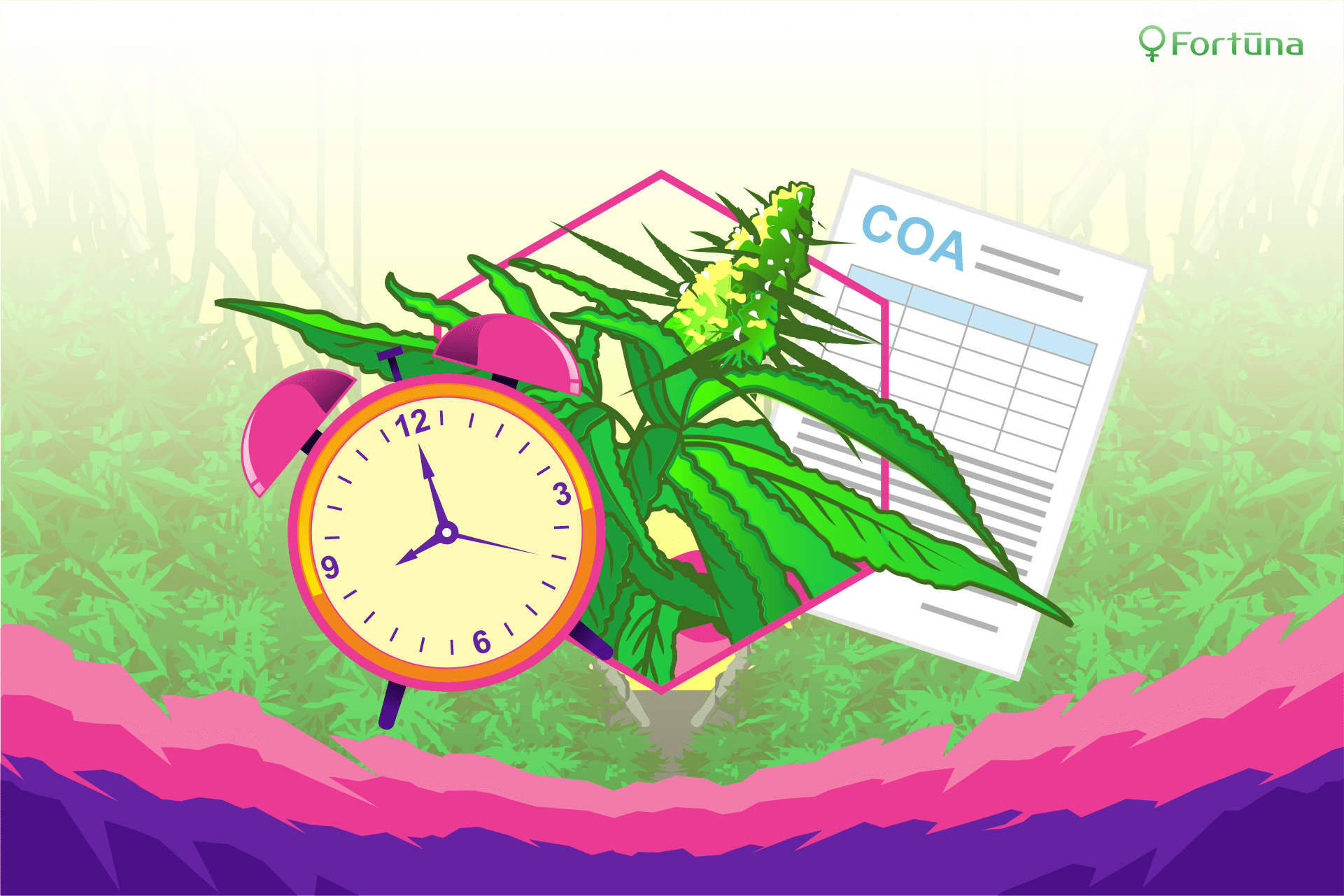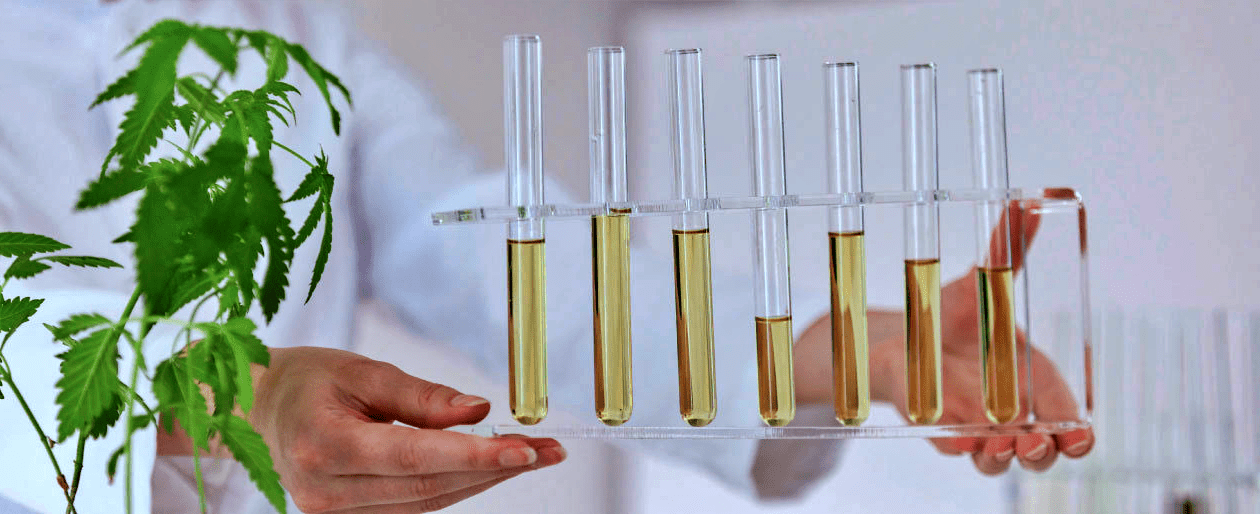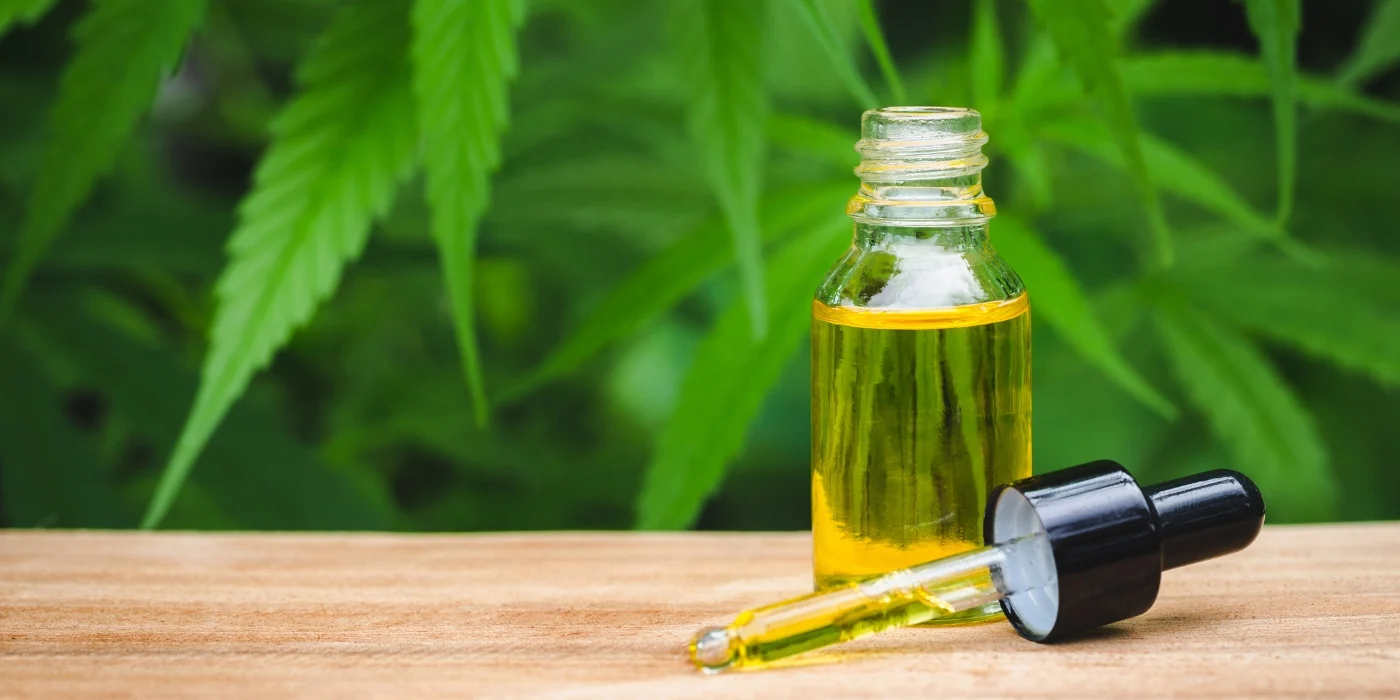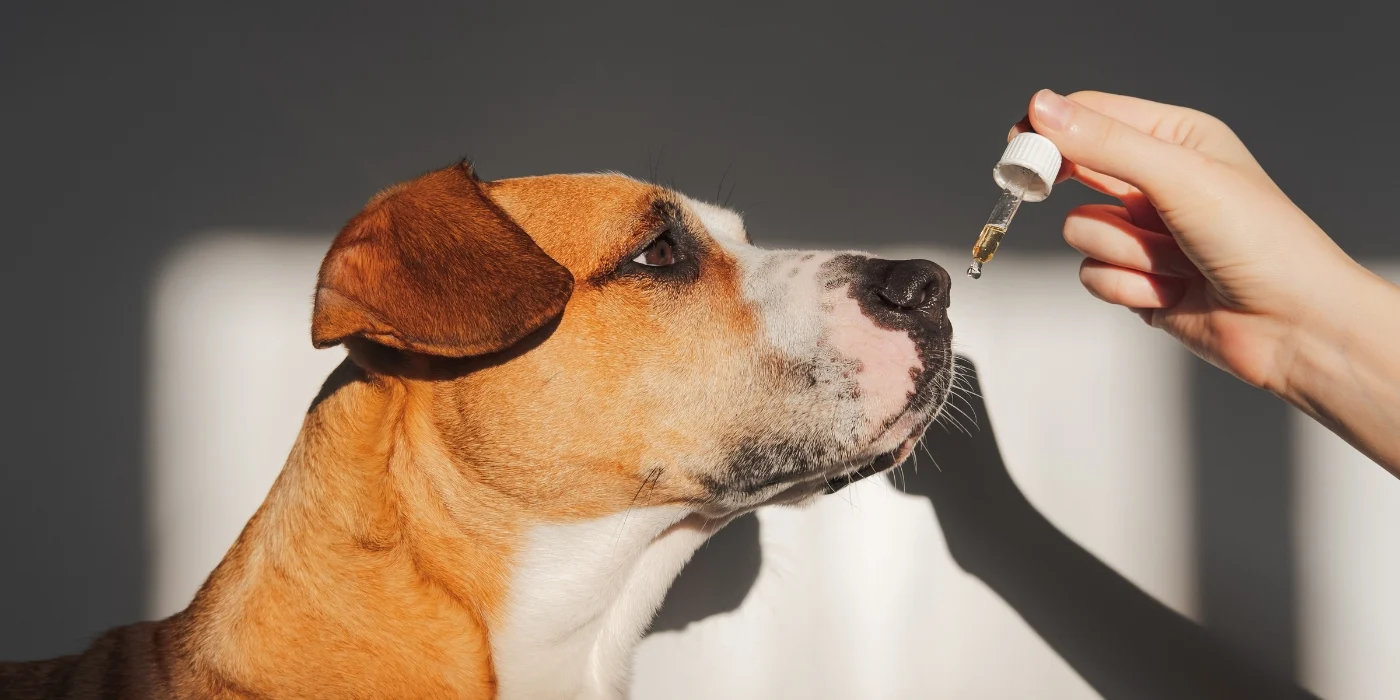
- Hemp Farming
-
by gu
Growing CBD hemp has been on
Growing CBD hemp has been on the rise for farmers worldwide. In America, the return on investment for a high-CBD/low-THC hemp crop can be substantial, so it’s no wonder farmers everywhere are wanting to get into this new growing and flourishing industry.
However, there is a fine line between a legally compliant CBD hemp crop and what the industry calls a “hot crop.” To be clear, a hot crop is the term used when a CBD hemp crop exceeds the legal limit of 0.3% THC.
The Current Issue with “Hot Crops”
It has been legal to grow hemp for CBD in the United States since the 2018 Farm Bill passed. While this was a huge boon for the hemp industry as a whole, it was not without its problems. Specifically, there are additional rules regarding legal THC limits, and the means of testing them, leaving growers in a potentially troublesome predicament. If a hemp crop is ready to harvest before laboratory testing, then the crops cannabinoid levels could develop beyond a permissible range while awaiting testing.
Furthermore, government guidelines allow much time to test THC levels in hemp crops. If a testing facility doesn’t test promptly, a crop could turn hot on the farmer. If that happens, farmers may not use their crops to develop CBD products. Furthermore, they must bear the total cost of crop destruction.
Unfortunately, in America, failed tests are not as uncommon as we would hope.
When Growing CBD Hemp Went Wrong
In Wisconsin, the Department of Agriculture, Trade, and Consumer Protection (DATCP) said that during the 2019 growing season, about 12 percent of hemp field tests came back hot. This percentage did not change from 2018 to 2019, even though there were ten times the number of registered growers. While this may be good news as far as the overall amount of CBD hemp turning into a hot crop, it doesn’t change the financial devastation for the farmers that have crops turn on them.
Wisconsin’s regional newspaper Isthmus reported that two Wisconsin hemp farmers anticipated a complete loss of around $40,000 on a crop of 70 plants whose test results came back at 0.5 percent THC.
This is just one instance of what is happening to many farmers across the nation.
The ramifications of a hot crop can be devastating to farmers growing CBD hemp. So how can growers make sure their plants don’t turn? Are there things that they can do to ensure a high-CBD/low-THC crop so they don’t need to forfeit their profit and destroy their crop?
How To Avoid Having Your Hemp Crop Turn “Hot”
One of the reasons we see so many hot crops is that there isn’t a direct science to growing CBD hemp yet. The industry is still young, and ideal growing conditions for different regions are still uncertain.
However, there are some standard things that farmers can do to increase their odds of their hemp crop compliance.
Choose Well-Known Cultivars
When growing CBD hemp, growers should research and choose cultivars that are well-known to test low for THC in their local areas consistently. It is a lot easier to test plants with a verified successful history in a particular region. In doing, they can control factors that may affect CBD and THC levels. CBD hemp seeds with stable hemp genetics can also improve hemp crop compliance.
Check Out the Hemp Seeds Certificate of Analysis (COA)
Growers should only buy high-quality feminized hemp seeds from a reputable company. Ask to see the hemp seed COA before purchasing to ensure your crop gets off to the best start.
Pay Attention to Potential Hemp Stress Factors and Test Your Crops Frequently
Pay close attention to the soil where you are growing CBD hemp and the nutrients it receives. Also, be on the lookout for potential plant stressors like heat, cold, drought, flooding, excessive nutrients, or a lack of nutrients. To be clear, many factors contribute to THC spikes so you must be mindful of them all
Make sure you are testing your crop frequently throughout the growing season. This will help you see if there are any stressors that your plant is dealing with that need to be addressed to control the cannabinoid levels and keep them where you want them to be.
Harvest Quickly
Timing is everything when it comes to ensuring that THC levels are compliant in hemp crops. You must keep the hemp in the ground long enough to get high CBD levels without risking a THC spike.
When it is time to harvest, move quickly. Harvest, trim, and cure your hemp crop as fast as possible. Doing so will ensure that you have a top-quality product ready to sell to buyers. A lag or delay at any step in this last process could lead to unacceptable THC levels and a non-compliant hemp crop that requires destruction.
Final Thoughts on Growing CBD Hemp
Take the proper steps to protect your CBD hemp crop from experiencing THC spikes. Failure to do so could be both costly and a giant waste of time.
Contact us if you have questions about hemp farming compliance, including how to maintain low THC levels throughout the season. We’d love to help!
What do you do to help ensure your hemp CBD crop doesn’t turn hot? We would love to hear about it.
However, there is a fine line between a legally compliant CBD hemp crop and what the industry calls a “hot crop.” To be clear, a hot crop is the term used when a CBD hemp crop exceeds the legal limit of 0.3% THC.
The Current Issue with “Hot Crops”
It has been legal to grow hemp for CBD in the United States since the 2018 Farm Bill passed. While this was a huge boon for the hemp industry as a whole, it was not without its problems. Specifically, there are additional rules regarding legal THC limits, and the means of testing them, leaving growers in a potentially troublesome predicament. If a hemp crop is ready to harvest before laboratory testing, then the crops cannabinoid levels could develop beyond a permissible range while awaiting testing.
Furthermore, government guidelines allow much time to test THC levels in hemp crops. If a testing facility doesn’t test promptly, a crop could turn hot on the farmer. If that happens, farmers may not use their crops to develop CBD products. Furthermore, they must bear the total cost of crop destruction.
Unfortunately, in America, failed tests are not as uncommon as we would hope.
When Growing CBD Hemp Went Wrong
In Wisconsin, the Department of Agriculture, Trade, and Consumer Protection (DATCP) said that during the 2019 growing season, about 12 percent of hemp field tests came back hot. This percentage did not change from 2018 to 2019, even though there were ten times the number of registered growers. While this may be good news as far as the overall amount of CBD hemp turning into a hot crop, it doesn’t change the financial devastation for the farmers that have crops turn on them.
Wisconsin’s regional newspaper Isthmus reported that two Wisconsin hemp farmers anticipated a complete loss of around $40,000 on a crop of 70 plants whose test results came back at 0.5 percent THC.
This is just one instance of what is happening to many farmers across the nation.
The ramifications of a hot crop can be devastating to farmers growing CBD hemp. So how can growers make sure their plants don’t turn? Are there things that they can do to ensure a high-CBD/low-THC crop so they don’t need to forfeit their profit and destroy their crop?
How To Avoid Having Your Hemp Crop Turn “Hot”
One of the reasons we see so many hot crops is that there isn’t a direct science to growing CBD hemp yet. The industry is still young, and ideal growing conditions for different regions are still uncertain.
However, there are some standard things that farmers can do to increase their odds of their hemp crop compliance.
Choose Well-Known Cultivars
When growing CBD hemp, growers should research and choose cultivars that are well-known to test low for THC in their local areas consistently. It is a lot easier to test plants with a verified successful history in a particular region. In doing, they can control factors that may affect CBD and THC levels. CBD hemp seeds with stable hemp genetics can also improve hemp crop compliance.
Check Out the Hemp Seeds Certificate of Analysis (COA)
Growers should only buy high-quality feminized hemp seeds from a reputable company. Ask to see the hemp seed COA before purchasing to ensure your crop gets off to the best start.
Pay Attention to Potential Hemp Stress Factors and Test Your Crops Frequently
Pay close attention to the soil where you are growing CBD hemp and the nutrients it receives. Also, be on the lookout for potential plant stressors like heat, cold, drought, flooding, excessive nutrients, or a lack of nutrients. To be clear, many factors contribute to THC spikes so you must be mindful of them all
Make sure you are testing your crop frequently throughout the growing season. This will help you see if there are any stressors that your plant is dealing with that need to be addressed to control the cannabinoid levels and keep them where you want them to be.
Harvest Quickly
Timing is everything when it comes to ensuring that THC levels are compliant in hemp crops. You must keep the hemp in the ground long enough to get high CBD levels without risking a THC spike.
When it is time to harvest, move quickly. Harvest, trim, and cure your hemp crop as fast as possible. Doing so will ensure that you have a top-quality product ready to sell to buyers. A lag or delay at any step in this last process could lead to unacceptable THC levels and a non-compliant hemp crop that requires destruction.
Final Thoughts on Growing CBD Hemp
Take the proper steps to protect your CBD hemp crop from experiencing THC spikes. Failure to do so could be both costly and a giant waste of time.
Contact us if you have questions about hemp farming compliance, including how to maintain low THC levels throughout the season. We’d love to help!
What do you do to help ensure your hemp CBD crop doesn’t turn hot? We would love to hear about it.
[/vc_column_text][/vc_column][/vc_row]




